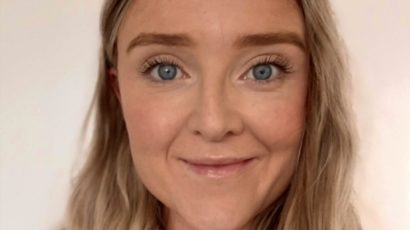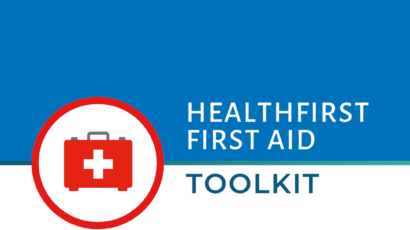Chasing Away the Winter Blues: Unwrapping the Layers of Seasonal Affective Disorder
As the days grow shorter and the temperature takes a nosedive, many of us find ourselves in an annual dance with the winter blues. But for some, it is more than just a case of the cold-weather gloom, it is a profound shift in mood known as Seasonal Affective Disorder (SAD).
What is Seasonal Affective Disorder or SAD?
Seasonal Affective Disorder, sometimes called ‘winter depression’, affects around two to three in every 100 people living in the northern hemisphere. It is a form of depression that follows a seasonal pattern where people develop symptoms during the darker, winter months of the year. Here in Switzerland, this could be any time between October and April.
What are the symptoms?
Towards the end of September and during October, someone with SAD usually starts to find waking up in the morning becomes more difficult. They have less energy; they may find their appetite increases and they start to crave starchy foods.
Then, as winter kicks in fully, they sleep more, their concentration is affected, their libido may be reduced, and they start to withdraw from family and friends.
Symptoms of depression and anxiety tend to be more prominent during the months of January and February, including low mood or sadness with loss of interest in things they usually enjoy doing. And then as spring arrives, symptoms start to lift, and mood improves: the distinguishing feature of Seasonal Affective Disorder.
The exact reason why some people develop Seasonal Affective Disorder is not fully understood. The main theory is that with the reduced amount of sunlight during the winter months, less light passes through the eyes to stimulate the parts of the brain responsible for producing chemicals and hormones that impact mood, in particular, serotonin and melatonin. There also seem to be some genetic factors involved.
Is SAD treatable?
The good news is that if recognised, it is treatable.
Self-help includes getting as much natural sunlight as possible. Living in the Lake Geneva region there are often prolonged periods of low cloud blocking sunlight on the plain during the winter months. Getting up above this and into the mountains and sunshine can really help. Winter sun holidays may also be an option.
Regular exercise outside is also important. This not only provides exposure to sunlight but the physical activity itself can also be mood boosting. Talking about symptoms and getting support from family and friends is another vital strategy.
Most doctors agree that light therapy helps people with Seasonal Affective Disorder. Ordinary light bulbs are not strong enough, so special light boxes have been manufactured that mimic natural sunlight. But treatment needs to be started in the autumn and the light box needs to be used every day for 30-60 minutes.
Antidepressants and therapies such as cognitive behavioural therapy are also used to treat SAD. And it is thought that starting these treatments before winter arrives may be preventive.
So, if you think this could be you, please don’t suffer in silence: go and talk to your doctor. Seasonal Affective Disorder is a genuine condition that affects many people during the darker, winter months. Correct diagnosis, treatment and support can help you regain control of your well-being. Remember, seeking professional help is a sign of strength, and there is a wealth of resources available to support you.
Further resources
- Mind – Seasonal Affective Disorder: https://www.mind.org.uk/information-support/types-of-mental-health-problems/seasonal-affective-disorder-sad/about-sad/
- American Psychiatric Association – Seasonal Affective Disorder: https://www.psychiatry.org/patients-families/seasonal-affective-disorder
- Heart2Heart – an English language contact point for emotional first aid in Switzerland and the Principality of Liechtenstein, with phone, chat, or mail services primarily aimed at adults: https://www.143.ch/en/





